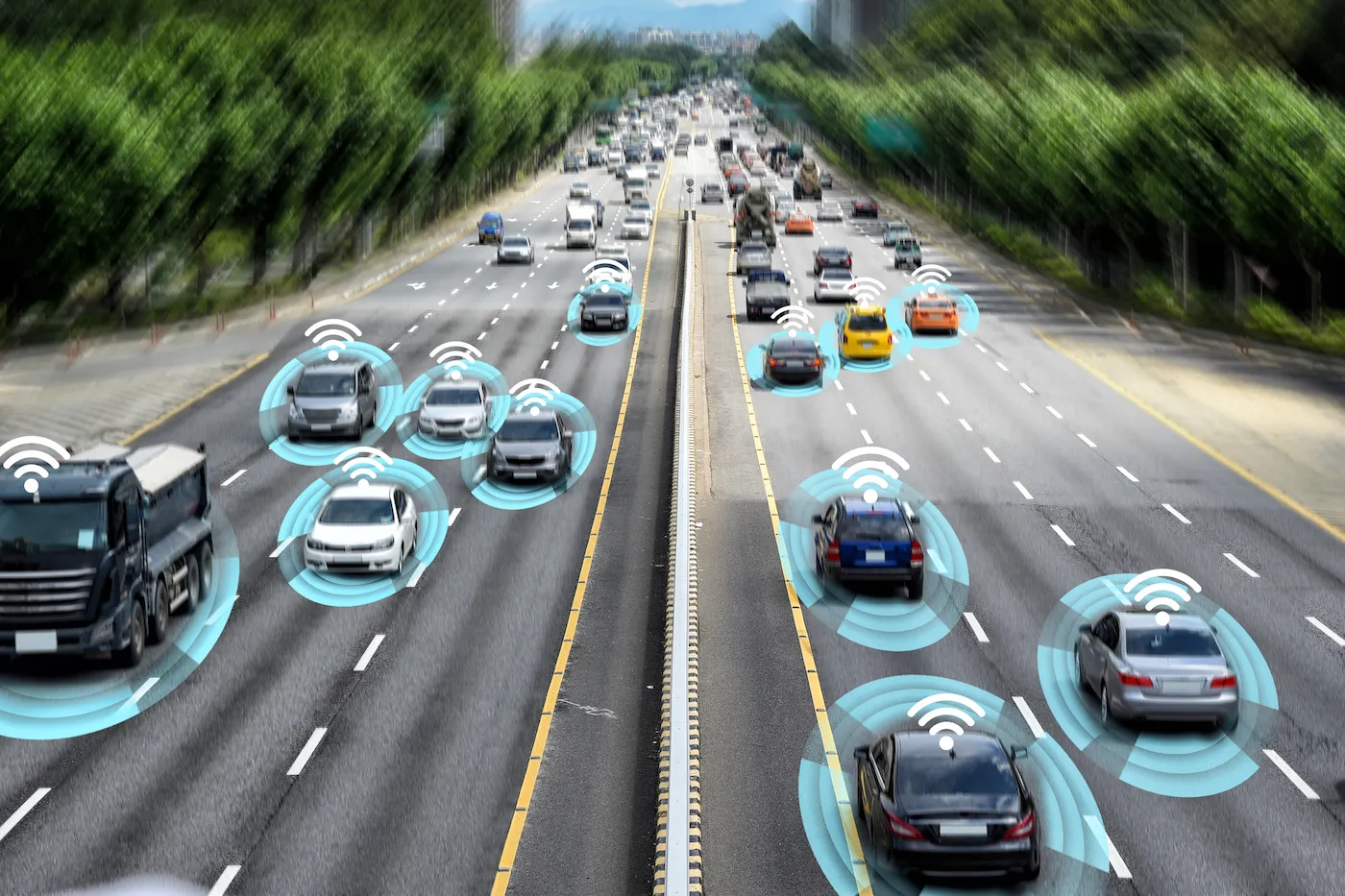Packed with sensors and cameras, autonomous vehicles offer the potential to transform the ways we get around, reducing accidents, providing mobility for those who can’t drive, rerouting traffic more efficiently, decreasing fuel consumption and cutting emissions. But there are some pretty sizeable hurdles to overcome before it really takes off.
Few studies exist that assessed capacity for roadways and signalised intersections with different ratios of autonomous vehicles.
Reduced Traffic Congestion
While some experts claim that autonomous vehicles (AVs) will not reduce congestion, others are convinced that AVs will dramatically improve efficiency on our roadways because they will communicate in real time not only with one another but will also make speed and heading adjustments on their own.
Hence they will operate at higher speeds and shorter headways (distances between vehicles) without requiring the cost of infrastructure improvements to increase capacity.
They (AVs) will also be able to adopt a ‘platoon formation’ where many of them follow each other very closely in cooperative control. In turn, these platoons can form long trains, making long-distance intercity travel much safer and less congestive, less fuel-hungry, less carbon-dioxide emissions-producing and less pollution-producing outside our cars and homes, while substantially increasing vehicle utilisation by enabling families who today commute alone, each family in a separate car, to share one AV for their commute.
Increased Safety
Autonomous vehicles are safer than human drivers with their installed sensors, cameras and programming. They are programmed to adhere to traffic rules and thus, are free from any kinds of distractions like phones and driving under the influence of drugs or alcohol (which accounts to almost 90 percent of all accidents as per govt statistics!), thus making using such vehicles safely reduce road deaths and injuries to a great extent. 304 words.
Third, AVs will increase roadway efficiency by keeping their distance from each other, following and passing in close order – reducing the reversals and reprimands that underpin congestion on highways and potential traffic jams on wide roads. Under the right circumstances, platoons of AVs could traverse the road through eight-trains-longs and prevent the ever-frustrating ‘stop-and-go’ waves that hold up many highways today.
cities should devote curbside space to pickup and drop-off by ride hailersIntroduce congestion pricing and establish a state-level AV policy office committed to setting standards Licence them to the same degree as human drivers are.
Reduced Fuel Consumption
The knowledge of route-optimisation that enables autonomous vehicles to travel in a fuel-efficient way and yield maximum road capacity will automatically result in near-elimination of air pollutants from the environment.
They could also be programmed to drive in ‘detached’ train formation, which can help them keep speeds constant (the gaps between human-driven cars, which slow traffic down, result from drivers’ reactions and self-induced distractions) and lead to an increased lane capacity on highways.
Another advantage that AVs bring is to maximise fleet ridesharing – thus reducing the economic cost of vehicle ownership and also the environmental costs associated with these vehicles.
Furthermore, AVs could operate at high speeds of 100 km/h and be able to break-and-stop instantaneously, which could potentially remove the need for traffic jams altogether, and replace many of the cars on the roads with even more efficient means of transportation and making mobility more available and accessible for people who can’t or don’t want to drive; eventually creating a major change in our society and economy.
Increased Mobility
Sensing the state of the world through sensors, GPS, radar, and artificial intelligence technologies more sophisticated than my own, autonomous vehicles calculate their best course of action in real time, communicating with each other and street infrastructure to optimise their routes while ensuring minimal congestion and fuel consumption.
Of course, AVs help to reduce human driver dependence, which in turn reduces traffic volume and air pollution on roadways – an important positive on national productivity, since driving remains one of the most common occupations in a country.
Autonomous vehicles will provide greater mobility solutions to those without driving capability – disabled and elderly being the most obvious, but not the only ones – further enhancing their quality of life without having to resort to a life of social isolation. Autonomous vehicles could replace private car ownership with shared fleets of cars, further reducing parking space demands and environmental impacts, increasing asset efficiency and hence reducing transport costs to the commuter.

